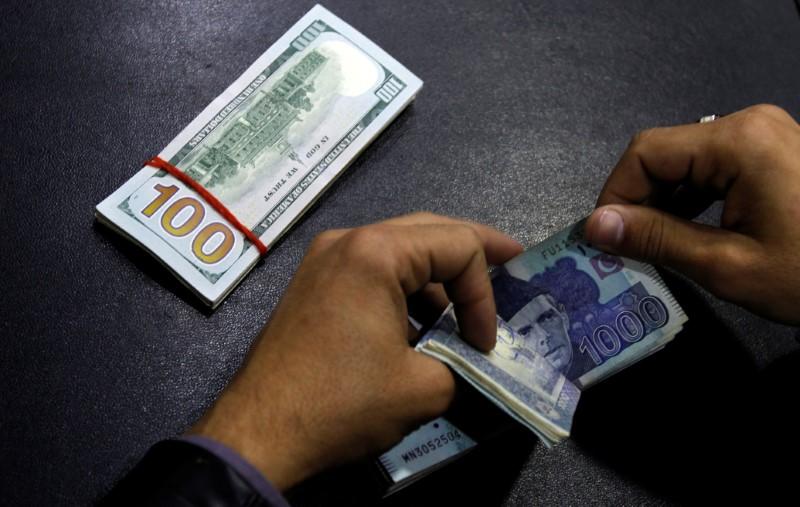
We live in an era of managed float exchange rate. In most of the economies, the exchange rate is largely determined by the interaction of forces of demand and supply. All else equal, if demand for dollars in Pakistan exceeds its supply, the dollar will appreciate and by implication the domestic currency will depreciate.
Since Pakistan’s foreign trade transactions are largely denominated in American dollars, trade deficit creates an excess demand for the greenback. Unless met by remittances, foreign investment inflows or external credit sufficient to plug in the difference between demand and supply, the domestic currency will depreciate relative to the globe’s most sought-after currency.
That’s what has happened over the past one year during which the rupee has shed its value by nearly 30%. The foregoing gives rise to a question: since large trade and current account deficits have been a constant feature of Pakistan’s economy, why did the exchange rate remain relatively stable from 2014 to 2017? This logical question brings in ‘managed’ part of the managed float exchange rate.
There is no country around the world which leaves the exchange rate completely at the mercy of market forces. Instead, the government or the central bank intervenes to keep the exchange rate from running amok.
Different options are available to state agencies to contain market-induced changes to the exchange rate. The most commonly used option is open market operations, whereby the central bank injects foreign currency into the market if the purpose is to check domestic currency depreciation or withdraws foreign currency if it wants to check domestic currency appreciation.
This option is usually very effective as it seeks to alter relative supplies of various currencies to the desired level. However, it is constrained by the availability of foreign exchange. If the central bank does not have enough hard foreign currency, such as the dollar in its kitty, it will fail to salvage the declining domestic currency.
There are two more problems in this option. Since government intervention does not address the root cause of exchange rate deterioration – current account deficit – foreign exchange needs to be pumped into the market constantly. As a result, the precious foreign exchange reserves deplete until they are reduced to a level where foreign currency can no more be pumped into the market. The domestic currency thus comes down with a thud.
Another problem with open market operations is that they result in an overvalued domestic currency, which makes imports cheaper and exports expensive, thus widening the external deficit, the problem which in the first place set off the depreciation.
That’s how the exchange rate was managed during 2014-17. The interventions helped stabilise the exchange rate as well as kept inflation subdued but at the cost of shrinking foreign exchange reserves and widening trade and current account deficits.
During FY14, on average, the rupee-dollar parity was 102.8. In next three years (FY15-17), the parity remained more or less stable at 101.3, 104.2 and 104.7 respectively. A strong rupee kept inflation subdued. Average CPI inflation for FY14 was 8.6%, which came down to 4.5% in FY15 and further fell to 2.9% in FY16 before rising to 4.2% in FY17.
However, during those years, trade and current account deficits kept on increasing. The trade deficit, which was $20.76 billion in FY14, went up to $32.48 billion at the close of FY17. Likewise, the current account deficit rose from $3.46 billion in FY14 to $13.13 billion at the end of FY17.
Thus, we had a weird situation in which despite a substantial increase in external deficits, the exchange rate remained stable.
An overvalued rupee could have been maintained in only two ways: foreign exchange intervention or increase in interest rate by the State Bank of Pakistan (SBP). As the interest rate was kept low during this period, exchange rate stability could only be put down to market intervention.
Interestingly, instead of going down, the foreign exchange reserves with the SBP increased from $9.09 billion in FY14 to $18.14 billion in FY15 before falling to $16.14 billion. If the central bank was pumping dollars into the market, how did reserves remain healthy?
Well, that was made possible by borrowing. Total external debt, which was $65.26 billion at the end of FY14, went up to $83.47 billion at the close of FY17 including the $6.12-billion debt from the IMF. It was in December 2017 that the exchange rate was allowed to be determined by market forces. This was done with a view to containing the trade deficit and probably under some understanding with the IMF.
Since the systemic issues underlying the balance of payments were not addressed, the decision to let the exchange rate float freely caused the rupee to nosedive. FY18 closed with average exchange rate of 109.8 per dollar. However, during the second half of FY18, the average rupee-dollar parity reached 113.78.
Rupee’s fall should not panic anyone: PM Imran
The rupee slide continued into FY19. In the first five months (July-November), the average exchange rate of 127.2 has been recorded including 133.5 for November. FY18 closed with record trade and current account deficits of $37.67 billion and $19.89 billion respectively. As a result, foreign exchange reserves depleted to $9.78 billion.
During FY19 (July-November), trade and current account deficits of $14.51 billion and $6.42 billion respectively have been registered. Managed and floating exchange rates have both upsides and downsides. While an overvalued rupee may have caused external deficits to worsen, it kept the exchange rate stable and inflation subdued.
Rupee closes at all-time low of 139.05 in inter-bank market
On the other hand, a floating exchange rate may help increase exports and reduce imports. However, the exchange rate is only one of the factors that bear upon export and import performance. External deficits can’t be reduced simply by adjusting the exchange rate.
Besides, depreciation worsens terms of trade and causes prices to go up. Exchange rate volatility provides a fertile ground for speculations, which is not good for the economy.
Thus, exchange rate management presents a tradeoff between competing ends. It is for the government to choose the right ends. However, it is not wise to leave the exchange rate completely at the mercy of market forces. Some intervention is indispensable.
The writer is an Islamabad-based columnist
Published in The Express Tribune, December 24th, 2018.
Like Business on Facebook, follow @TribuneBiz on Twitter to stay informed and join in the conversation.















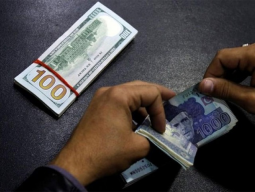
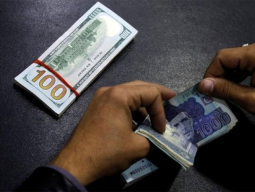
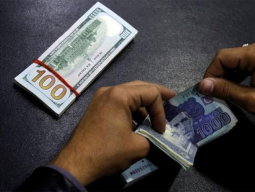




















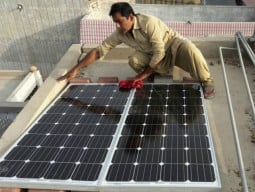





COMMENTS (3)
Comments are moderated and generally will be posted if they are on-topic and not abusive.
For more information, please see our Comments FAQ